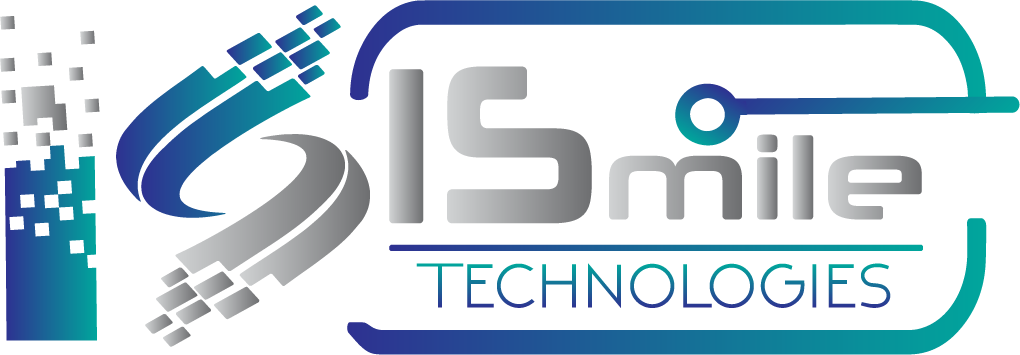Neuromarketing is a discipline that complements marketing research and makes use of scientific laboratories and techniques such as brain imaging (with EEG), implicit response tests, eye-tracking and facial coding, to name a few. Among several techniques used EEG and Eye-Tracking are most important ones.Electroencephalogram (EEG)The electroencephalogram (EEG) is an often used technique in neuromarketing, and besides being portable and relatively economical, it provides valuable information on brain activity. With this technique, the brain’s electrical activity is analyzed and registered by a headband or helmet that has small sensors, which are placed on the scalp. This method detects changes in the electrical currents of brain waves.EEG offers a high temporal resolution for detection of the slightest changes in brain activity at relatively low costs. Therefore, for neuromarketing investigation, EEG is very useful because it evaluates the value of a marketing stimulus, obtaining a series of metrics such as attention, engagement, affective valence, and memorization.Eye tracking (ET)Eye tracking (ET) is a technique that measures and registers eye movements to identify the position of the pupil by utilizing infrared light (which is completely innocuous). Otherwise speaking, it follows the eye movements and registers gaze patterns of the participants. Eye-trackers identify and register gaze patterns to explain the visual path as a response to a specific stimulus and therefore obtain information on visual attention.Eye-tracking provides information on temporal processes, with high resolution at a reasonable cost. There is high acceptance from participants, and it is portable. Therefore, unsurprisingly, eye-trackers are one of the most employed techniques in neuromarketing.by Dhruvilsinh







